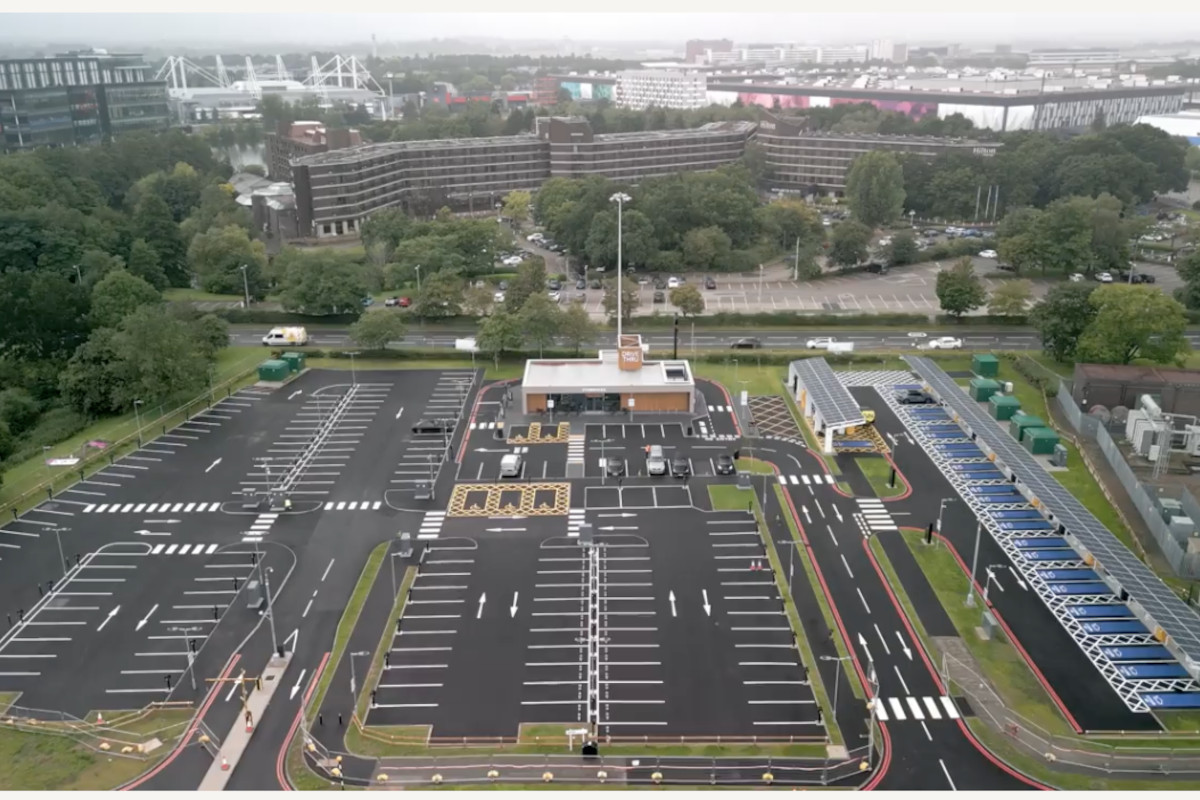The UK’s largest electric vehicle charging hub has just opened on the NEC Campus in the West Midlands.
The Gigahub is a collaboration between bp pulse, The EV Network (EVN) and NEC Group, and is the third Gigahub to launch in the UK.
The site has enough chargers to serve 180 EVs simultaneously, including 30 ultra-fast 300kW DC chargers, and 150 7kW chargers.
The Gigahub will help serve the seven million visitors attracted to the NEC Campus annually, along with a wide range of other road users that make up the area’s average yearly traffic count of 60 million. It can be accessed via the main NEC Campus through road, less than 1 mile from junction 6 on the M42 and just 2.4 miles from junction 7A for the M6.
The entire site is state of the art, and is expected to be a vital hub for EV motorists well into the future. It also has a Starbucks drive-thru on site for visitors.
Paul Thandi CBE, DL chairman of NEC Group, said: “We are proud to contribute to the UK Government’s Electric Vehicle Infrastructure Strategy. Working in collaboration with EVN and bp pulse, the opening of our EV charging hub provides NEC Campus customers, commuters, and those working for local regional or national businesses, a reliable and convenient way to recharge and support a lower carbon travel future.
“This strategic collaboration and initiative strengthen our destination offer, demonstrate our commitment to reducing the impact our business practices and our Masterplan credentials have on the environment, and ultimately supports a reduction in carbon emissions.”
Akira Kirton, vice president of bp pulse UK, said: “The transition to electric vehicles is evolving at pace which is why bp pulse is focussed on accelerating the development of the UK’s EV infrastructure, delivering the right charging speeds, in the right locations and investing up to £1 billion to do so.
“This new, nationally significant bp pulse Gigahub™ at the heart of the UK’s road network, is another great example of our strategy in action.
“We plan to roll out hundreds of hubs this decade in places EV drivers needs them – urban areas, on trunk roads and motorways and at destinations such as restaurants, retail parks and hotels.”
UK’s Largest EV Charging Hub Opens in West Midlands

